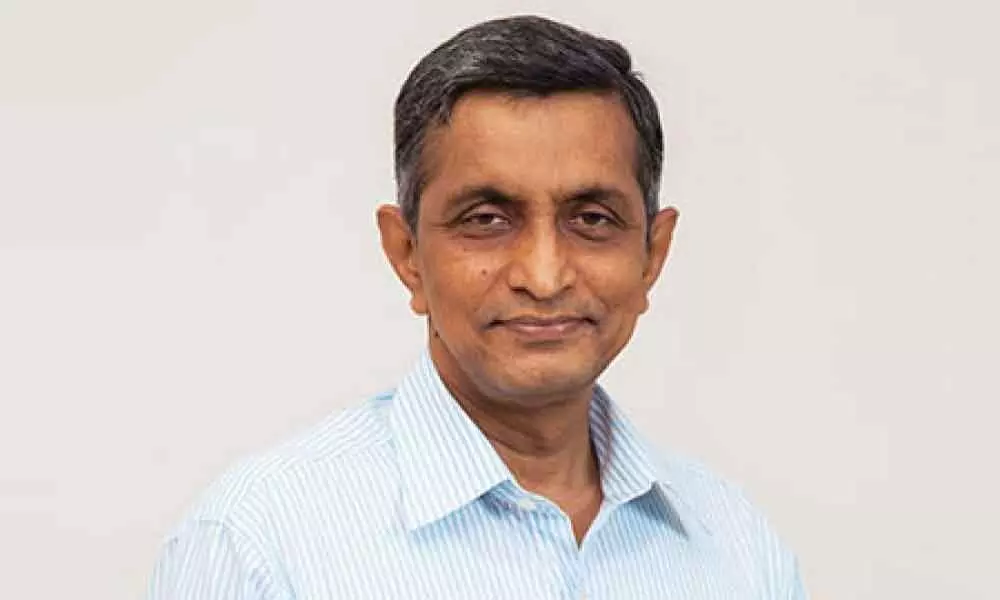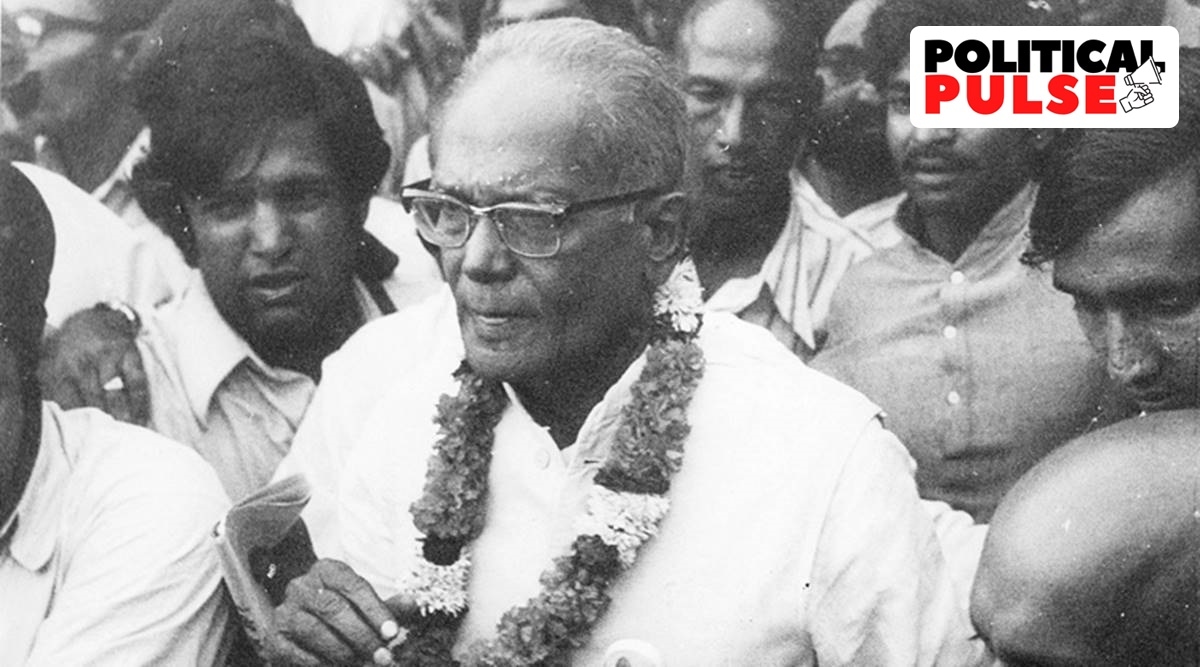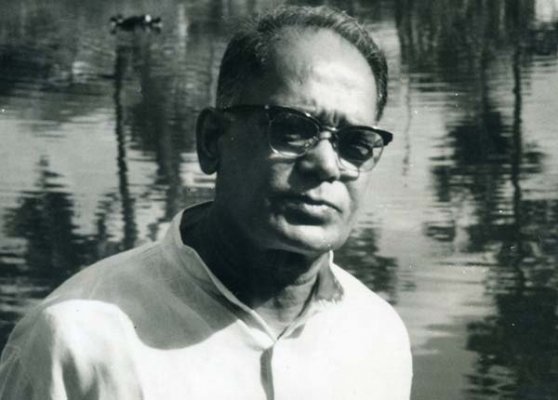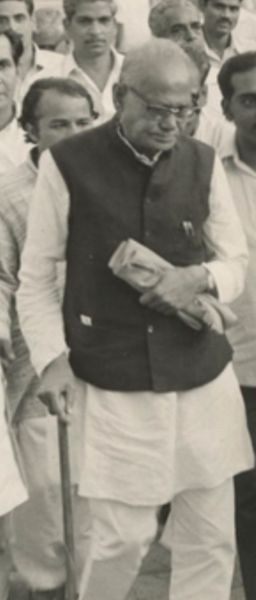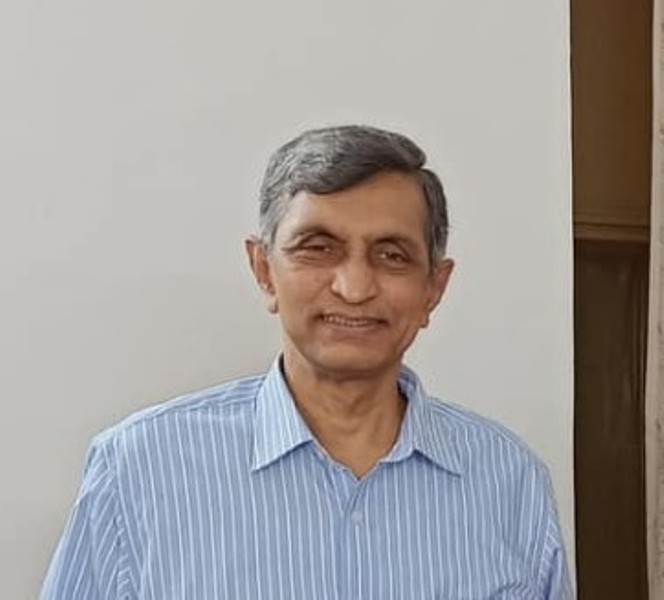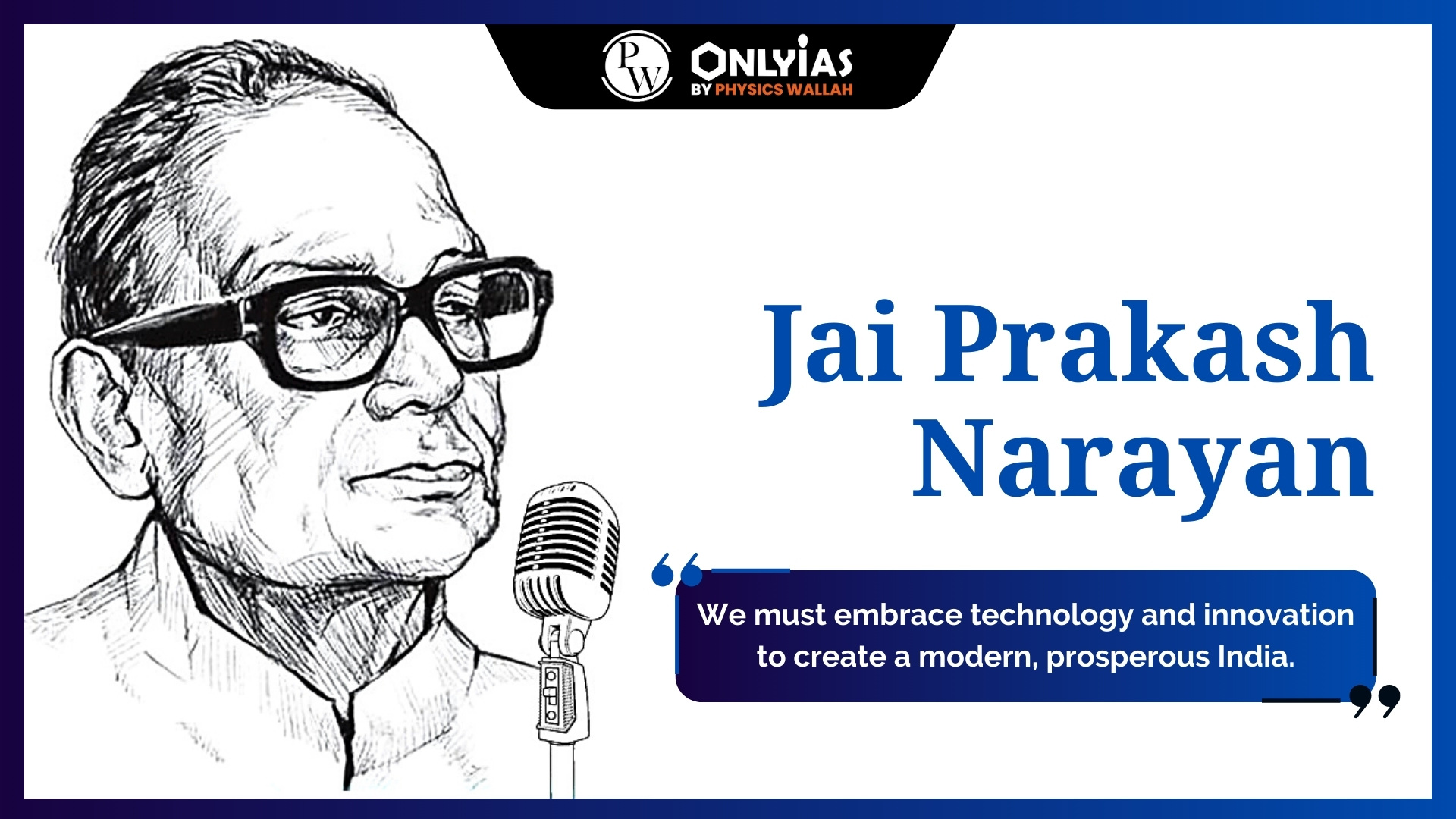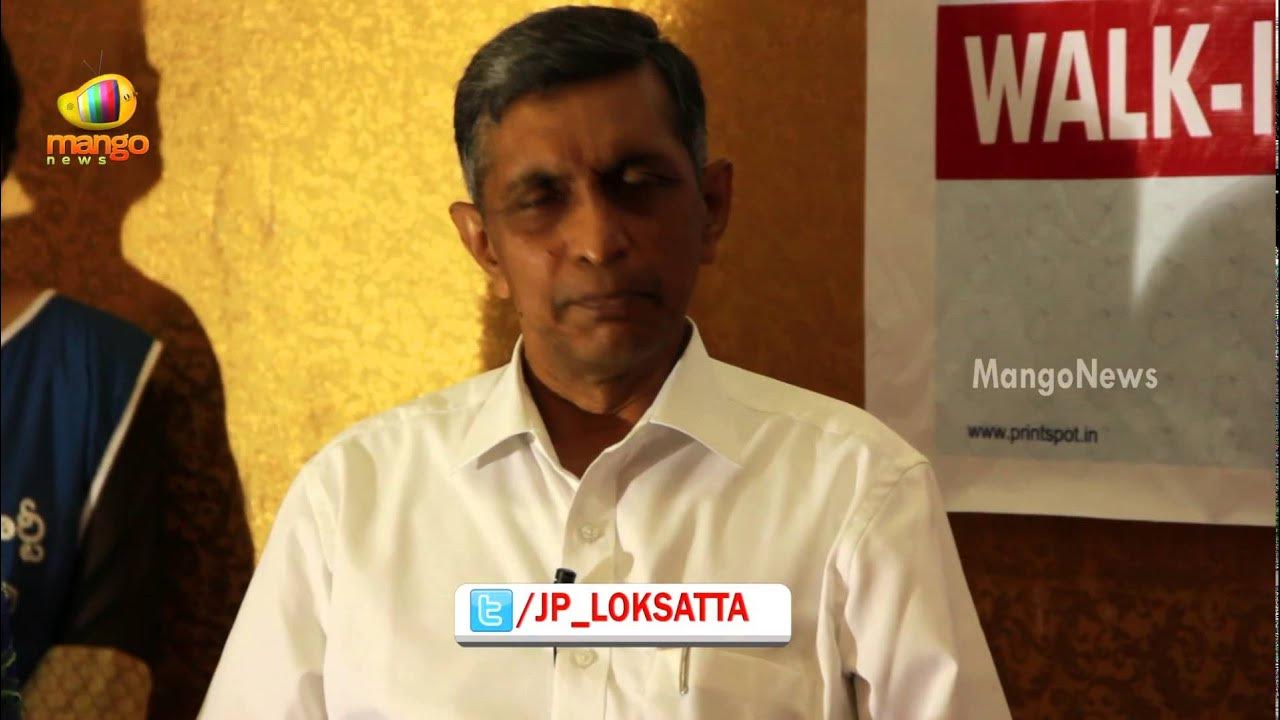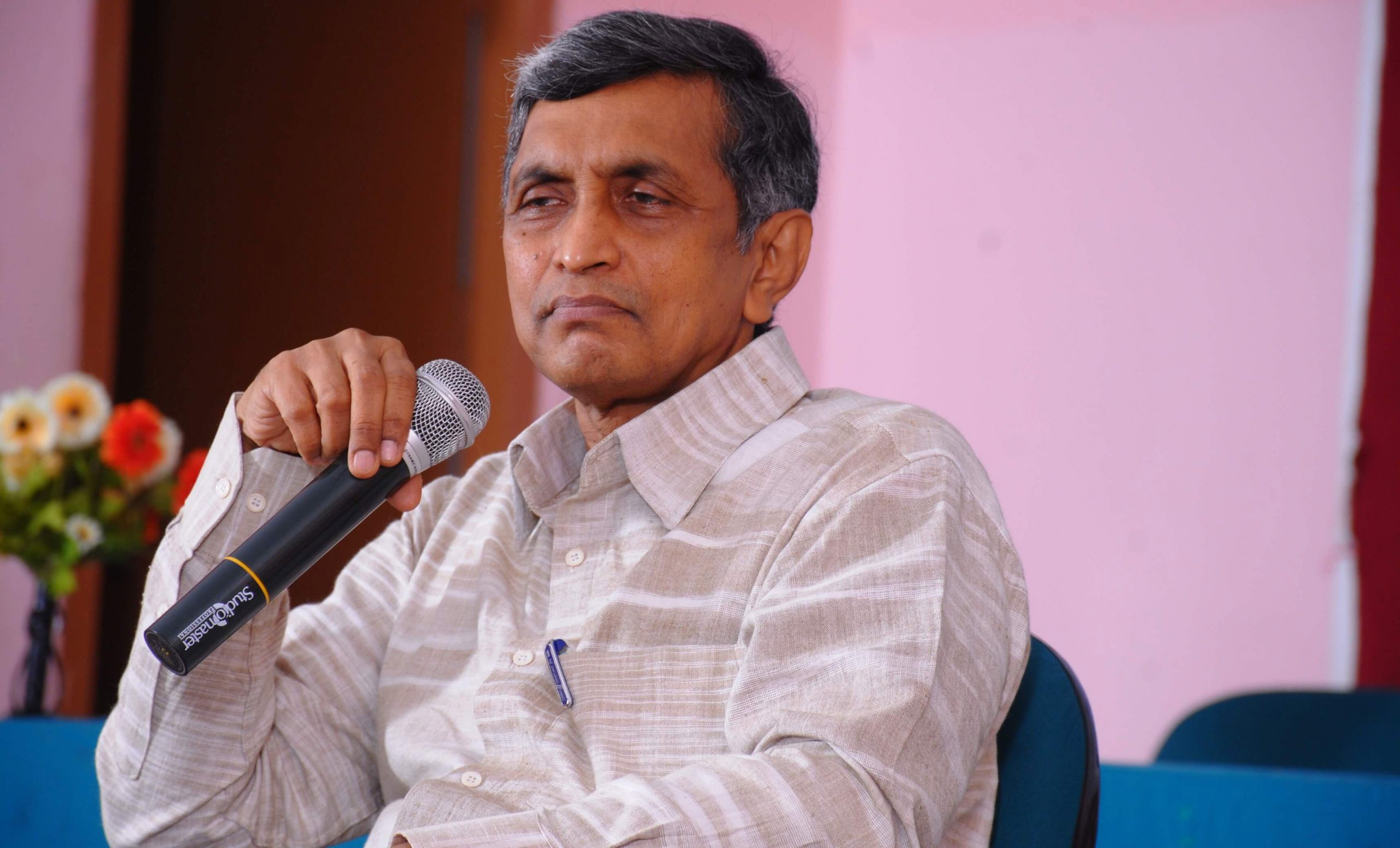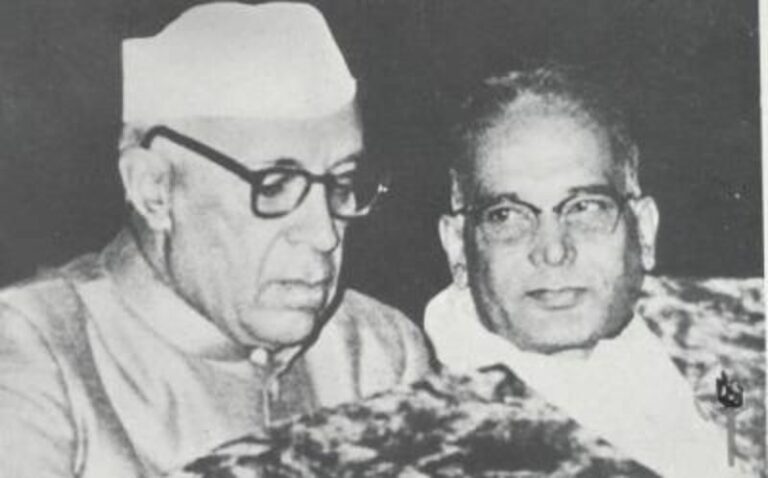Loksatta Jayaprakash Narayan Family Photos
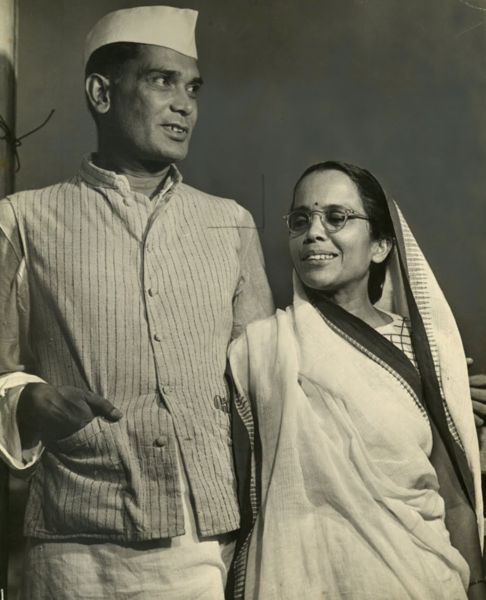
Dust motes danced in the afternoon sun streaming through the windows of the ancestral home. Faded photographs, carefully arranged on a mahogany table, whispered stories of a life dedicated to the nation. These weren't just pictures; they were glimpses into the world of Loknayak Jayaprakash Narayan, a man whose ideals shaped a generation.
This collection of family photographs, recently made accessible to the public, offers an intimate portrait of JP beyond his political persona. They reveal the personal side of a revolutionary, capturing moments of joy, contemplation, and quiet strength, fostering a deeper understanding of his unwavering commitment to social justice.
Born in Sitabdiara, Bihar, in 1902, Jayaprakash Narayan, or JP as he was lovingly called, was a pivotal figure in India's struggle for independence and later, its fight against authoritarianism. He was not just a politician; he was a philosopher, a social reformer, and above all, a humanist.
The early photographs depict a young JP, full of youthful idealism. One striking image shows him during his time studying in the United States, a period that profoundly shaped his socialist ideology. Another shows him with his wife, Prabhavati Devi, a fellow freedom fighter, showcasing a partnership built on shared values and mutual respect.
Prabhavati's influence on JP's life was immense. She embraced Gandhian principles early on, inspiring him to dedicate his life to serving others. Their marriage was a partnership of equals, with both actively participating in the freedom struggle.
Later photos capture JP amidst the turbulent years of independent India. There are images of him addressing massive crowds, his voice resonating with the hopes and aspirations of the common people. His involvement in the Bhoodan Movement, spearheaded by Vinoba Bhave, is well-documented, with photographs showing him walking through villages, advocating for land redistribution.
"Complete revolution is the order of the day,"he famously declared, encapsulating his vision for a radical transformation of Indian society. The photographs from this era reveal the intensity of his commitment and the sacrifices he made in pursuit of his ideals.
The period leading up to the Emergency in 1975 is particularly well-represented. JP's unwavering opposition to the authoritarian regime of Indira Gandhi is evident in the photographs depicting him leading protests and rallies. One powerful image shows him being arrested, his face etched with determination.
His call for "Total Revolution" galvanized the nation, uniting students, activists, and ordinary citizens in a common cause. The Emergency years tested his resilience, but his spirit remained unbroken. Even in prison, he continued to inspire hope and resistance.
Several photographs showcase JP's interactions with other prominent leaders of the time. Images of him with Ram Manohar Lohia, Acharya Narendra Deva, and other socialist thinkers highlight his collaborative approach to nation-building. These pictures are a testament to the power of collective action and the importance of ideological diversity.
Beyond the political arena, the photographs also offer glimpses into JP's personal life. There are heartwarming images of him interacting with children, his face radiating warmth and affection. These moments reveal a softer side of the revolutionary, reminding us of his humanity.
The collection also includes poignant images of JP in his later years, battling illness but never losing his commitment to his ideals. Even in his weakened state, he continued to advocate for social justice and democratic values. His legacy continues to inspire generations of activists and social reformers.
These photographs are more than just historical artifacts; they are a window into the soul of a man who dedicated his life to serving others. They remind us of the importance of courage, conviction, and compassion in the face of adversity.
Viewing these images, one is struck by the enduring relevance of JP's message. His call for social justice, equality, and democratic values resonates even more strongly today. The photographs serve as a reminder that the fight for a better world is a continuous process, demanding unwavering commitment and a willingness to stand up for what is right. They leave us with a profound sense of responsibility to carry forward his legacy of service and sacrifice.

